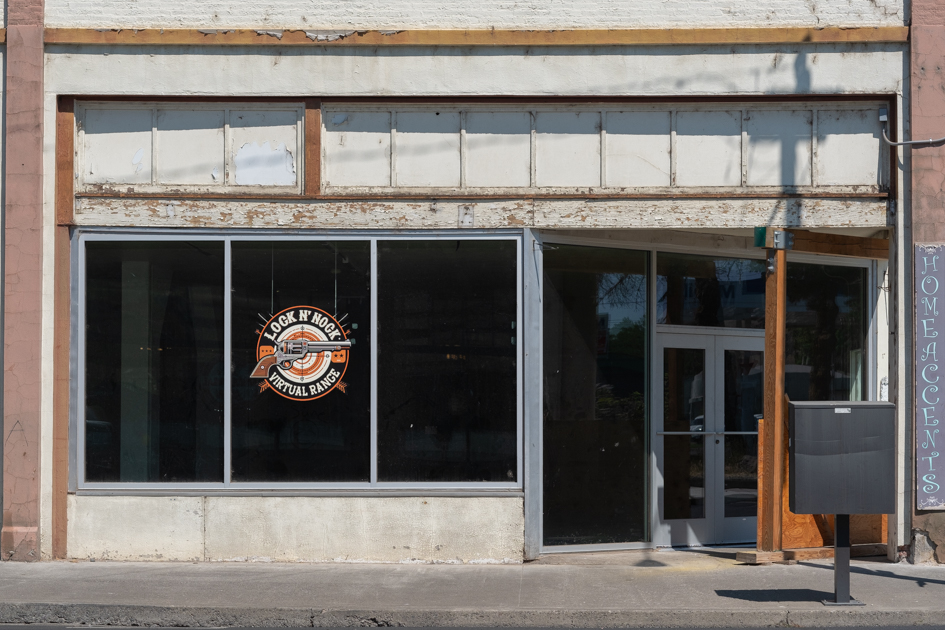Eye to the sky: The hidden danger of wildfire burn scars
Published 8:00 am Thursday, October 21, 2021

- Wister
The Western U.S. has faced another busy wildfire season, and nearly all large wildfires lasted for weeks — or even months — before they were fully contained. Many wildfires continue to burn as I write this article. What a relief to see the words 100% contained, knowing that the fire will no longer threaten additional landscape or property.
However, is the threat of any additional damage completely over? Unfortunately, the answer is no.
Trending
Wildfires, no matter how big or small, will leave a burn scar on the landscape. Fires in steep terrain are particularly susceptible to significant erosion. The depth of the burn scar will depend on how long the fire resided and how hot the fire burned. Ash and burnt soil do not absorb water. All it takes is water to suddenly wreak havoc as it combines with ash and loose soil to flow down the side of a mountain or steep hill and threaten any object along its path. If precipitation falls at a faster rate than the soil can absorb, the more significant the debris will flow.
On July 31, 2016, the Rail Fire ignited about 10 miles southwest of Unity. The fire burned more than 41,000 acres in both the Wallowa-Whitman and Malheur national forests. A year later, in September 2017, a thunderstorm produced flash flooding along the South Fork of the Burnt River.
Fortunately, there were no injuries. However, four campgrounds were impacted by a massive amount of mud, and the campers who evacuated witnessed a potentially deadly situation. Debris flows and flash flooding due to wildfire burn scars can happen in Eastern Washington and Eastern Oregon.
One of the biggest challenges with forecasting debris flows is the time to research the damage from a wildfire before the rain occurs. Heavy rain can occur while the fire is burning, and there is little to no evidence of how deep the soil has burned.
Some post fires are evaluated by a burned area emergency response team that can greatly assist in understanding the severity of a wildfire, and the team often prescribes mitigation goals to reduce the threat from burned scars and fragile slopes, but there may not be enough time to accomplish these preventative measures prior to the next precipitation event.
National Weather Service forecasters have the ability to overlay fire perimeters with radar and satellite imagery and focus on showers that approach wildfires and burn scars. Flood watches and warnings may be issued as needed. Despite the dedication of the NWS forecasters to protect those from flooding and flash flooding, situational awareness is highly important for those who reside near burn scars.
Trending
If you are near steep terrain recently burned by a wildfire, look out for rocks that can easily slide down the slope and cause injuries or death. Is the terrain barren, or covered with trees? Tree roots can limit the amount of runoff, as long as the trees are not fully scorched with weak roots. Visually observe the depth of the ash on the ground. (never stick your hand or foot into the ash. Ash and stumps can retain heat long after a fire has burned). By observing the terrain and the weather, you will be better prepared for debris flows.
One question often asked is, “When do we no longer have to worry about wildfire burn scars?” That depends on the severity of the burned area. Debris flows can occur two to three years after a wildfire — possibly longer. If a burned area shows no signs of vegetation, then consider it a continued threat.
The website www.weather.gov/safety/flood-hazards provides excellent safety tips for floods and flash floods.








